One of my favorite cozy mystery series is the Perfectly Proper Paranormal Museum Mystery series by Kirsten Weiss. The murders surround a small paranormal museum set in the fictional town of San Benedetto. Who wouldn’t love to own a paranormal museum? A haunted one is even better! In Deland, Florida, you can visit one.
In 2018, Corinne Kenner purchased a quaint vintage shop and turned it into the Haunted Antique Shop and Paranormal Museum, located at 612 W. New York Avenue, Deland. Objects vary at every price point, and the shop offers psychic development classes, tarot readings, and special events. Kenner’s experiences at the store spawned a book titled Gently Haunted: True Stories from the Haunted Antique Shop.
While the store contains vintage items for sale, the intrigue is in the museum. Interact with the store’s guardian, the haunted Charlie doll. Become mesmerized by items in the Cabinet of Curiosities (continue reading for a short explanation). Contemplate whether you would like to own a haunted object. That’s the point. In a world of overpriced theme parks and crowded museums/zoos/aquariums, enjoy the kitsch of roadside attractions. They’re the true essence of Americana.
You can listen to selected stories online by purchasing a pass for $10 at https://youraudiotour.com/tours/2568/. Or listen to my favorite podcast Tripping on Legends Episode 119, https://trippingonlegends.com/2023/01/03/tripping-on-legends-episode-119-the-tarot-of-physics-and-haunted-objects/?fbclid=IwAR35iUzNqArmDtLJ8v8XrY4Uym9O7iIu6Fa-_i-pxbvSIEYS16k_SDtDg_w, with my friend Christopher Balzano. I strongly suggest watching the video feed from Christopher’s episode—no spoilers here! It amplifies just how kitsch the museum is.
Follow the store on Instagram, https://www.instagram.com/thehauntedantiqueshop/, and Facebook, https://www.facebook.com/HauntedAntiqueShop/. For more information, visit their website, https://hauntedantiqueshop.com/. Let me know if you visit.
Side note: Cabinets of Curiosities date back to the Italian Renaissance where wealthy people collected items of the macabre and stored them in containers of varying size. Drawers and shelves contained an assortment of items, providing the owners an opportunity to regale in the stories of acquisition. Today, items in cabinets are often purchased rather than found. (See my forthcoming blog “A Brief History of Cabinets of Curiosities” for more information.)
Deland’s Haunted Antique Shop and Paranormal Museum
One of my favorite cozy mystery series is the Perfectly Proper Paranormal Museum Mystery series by Kirsten Weiss. The murders surround a small paranormal museum set in the fictional town of San Benedetto. Who wouldn’t love to own a paranormal museum? A haunted one is even better! In Deland, Florida, you can visit one.
In 2018, Corinne Kenner purchased a quaint vintage shop and turned it into the Haunted Antique Shop and Paranormal Museum, located at 612 W. New York Avenue, Deland. Objects vary at every price point, and the shop offers psychic development classes, tarot readings, and special events. Kenner’s experiences at the store spawned a book titled Gently Haunted: True Stories from the Haunted Antique Shop.
While the store contains vintage items for sale, the intrigue is in the museum. Interact with the store’s guardian, the haunted Charlie doll. Become mesmerized by items in the Cabinet of Curiosities (continue reading for a short explanation). Contemplate whether you would like to own a haunted object. That’s the point. In a world of overpriced theme parks and crowded museums/zoos/aquariums, enjoy the kitsch of roadside attractions. They’re the true essence of Americana.
You can listen to selected stories online by purchasing a pass for $10 at https://youraudiotour.com/tours/2568/. Or listen to my favorite podcast Tripping on Legends Episode 119, https://trippingonlegends.com/2023/01/03/tripping-on-legends-episode-119-the-tarot-of-physics-and-haunted-objects/?fbclid=IwAR35iUzNqArmDtLJ8v8XrY4Uym9O7iIu6Fa-_i-pxbvSIEYS16k_SDtDg_w, with my friend Christopher Balzano. I strongly suggest watching the video feed from Christopher’s episode—no spoilers here! It amplifies just how kitsch the museum is.
Follow the store on Instagram, https://www.instagram.com/thehauntedantiqueshop/, and Facebook, https://www.facebook.com/HauntedAntiqueShop/. For more information, visit their website, https://hauntedantiqueshop.com/. Let me know if you visit.
Side note: Cabinets of Curiosities date back to the Italian Renaissance where wealthy people collected items of the macabre and stored them in containers of varying size. Drawers and shelves contained an assortment of items, providing the owners an opportunity to regale in the stories of acquisition. Today, items in cabinets are often purchased rather than found. (See my forthcoming blog “A Brief History of Cabinets of Curiosities” for more information.)




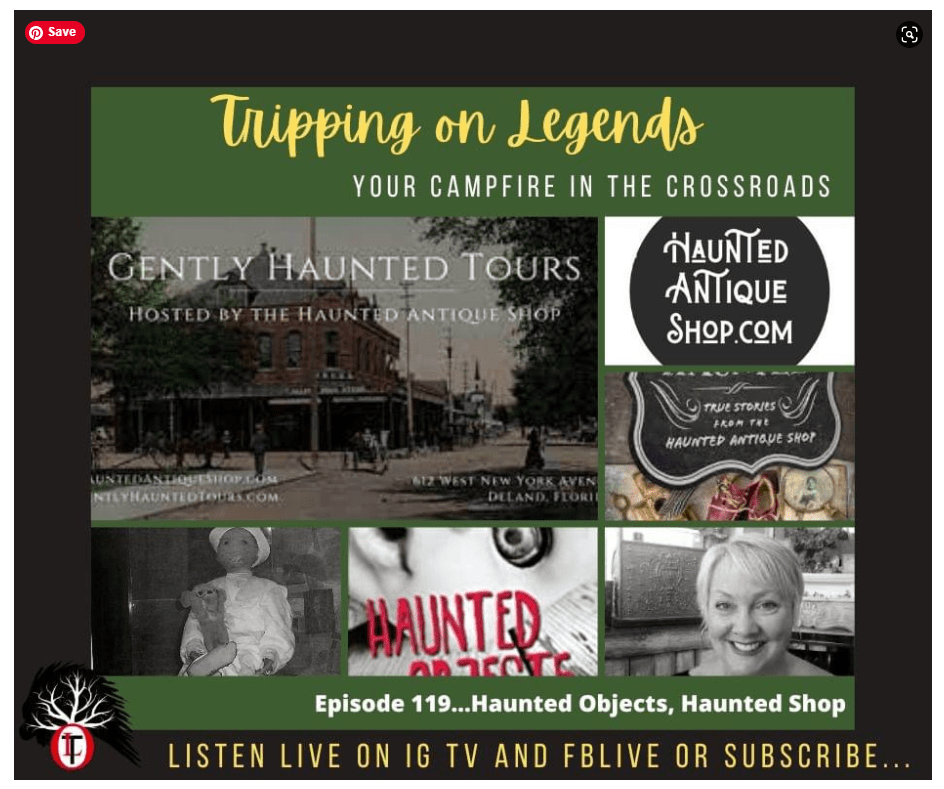


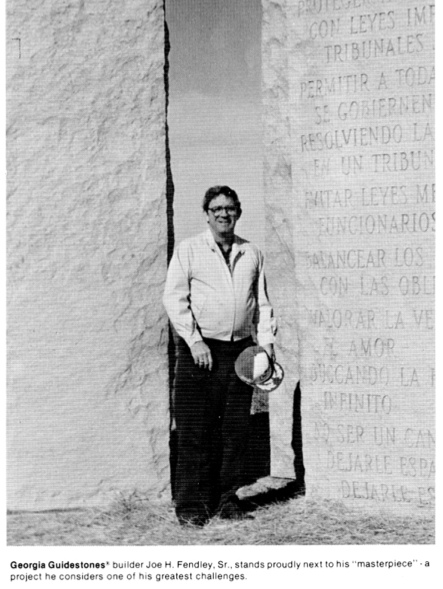

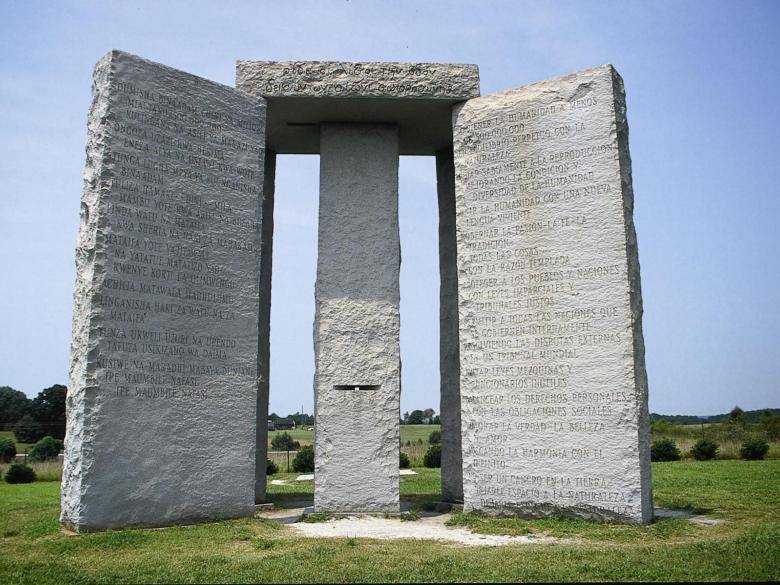
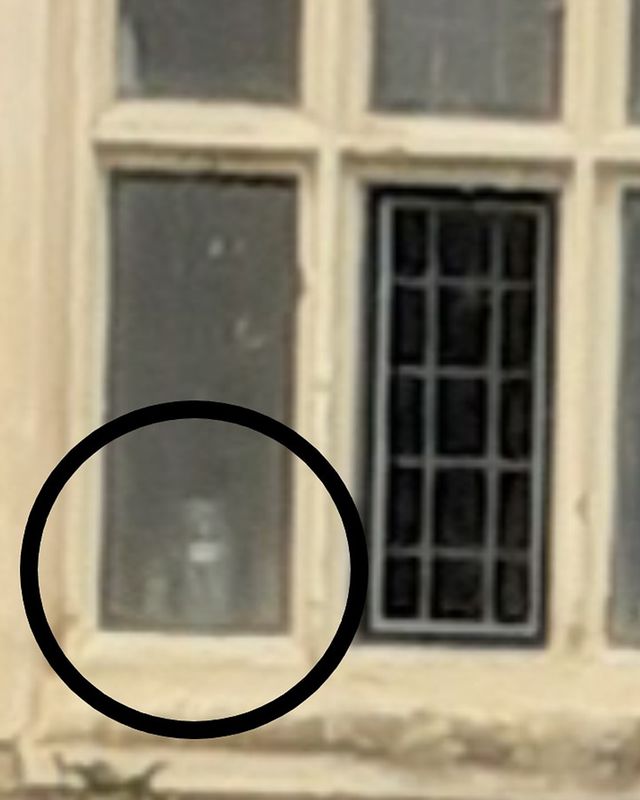
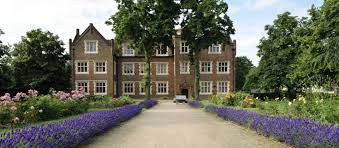
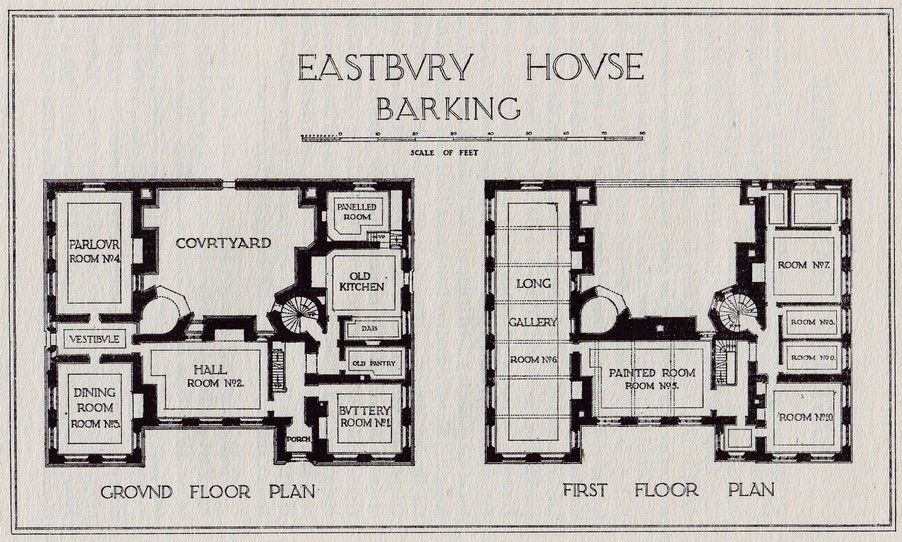

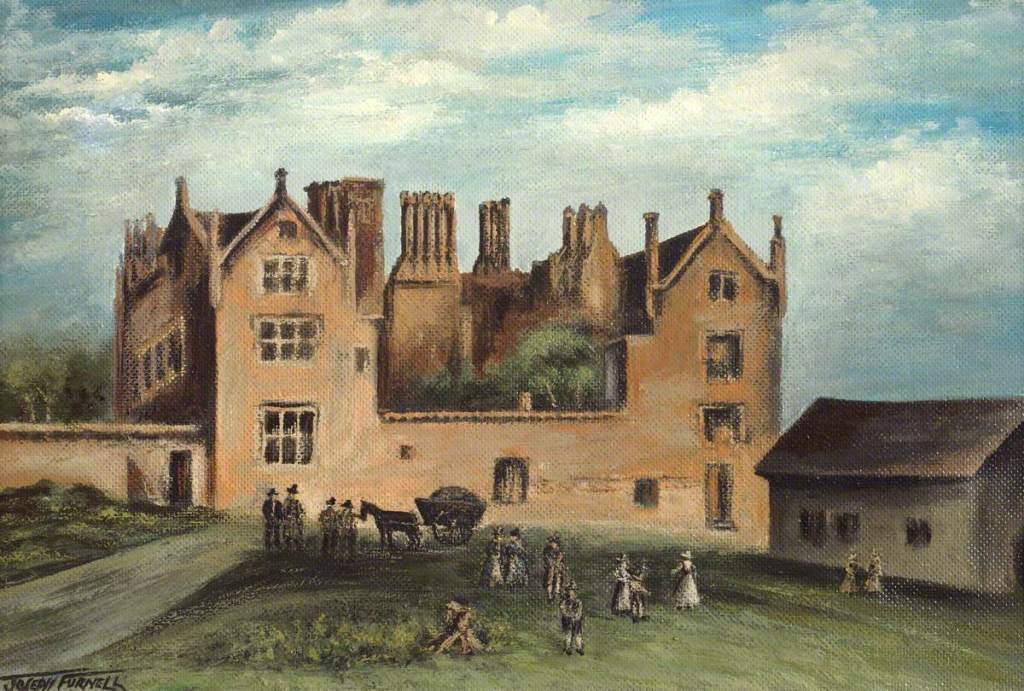
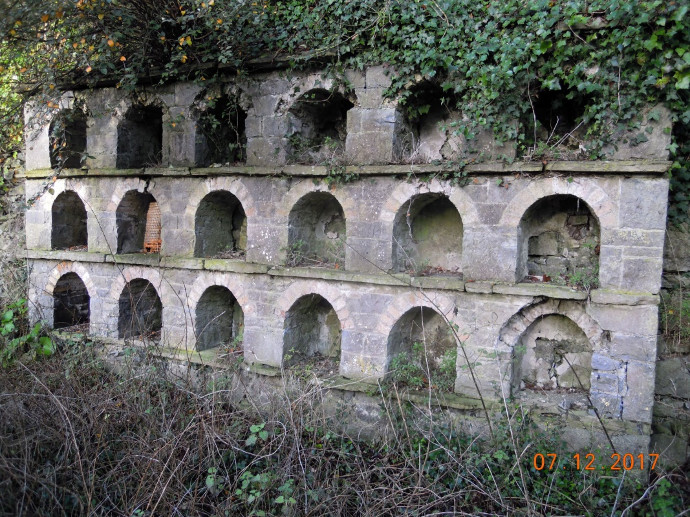
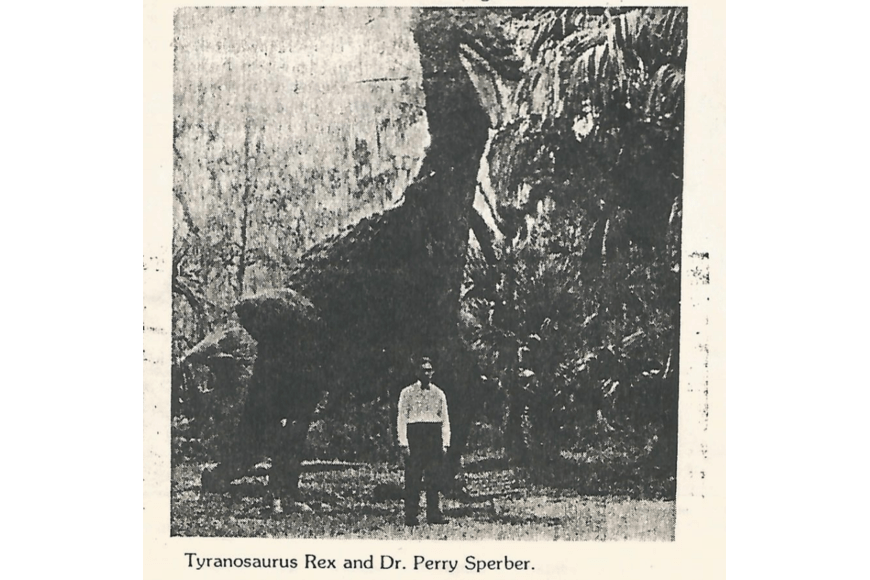
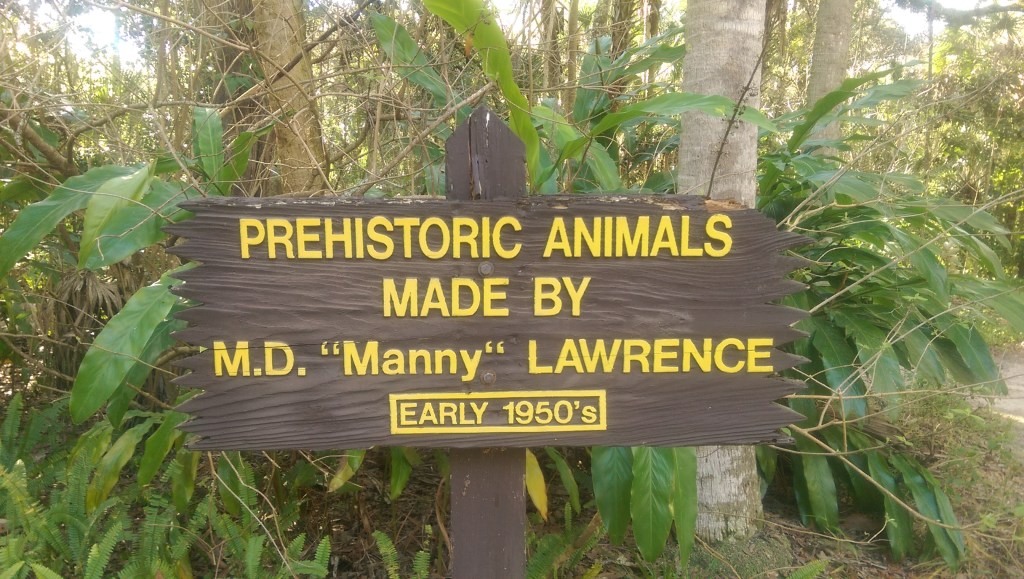



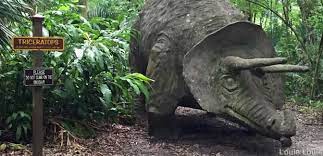


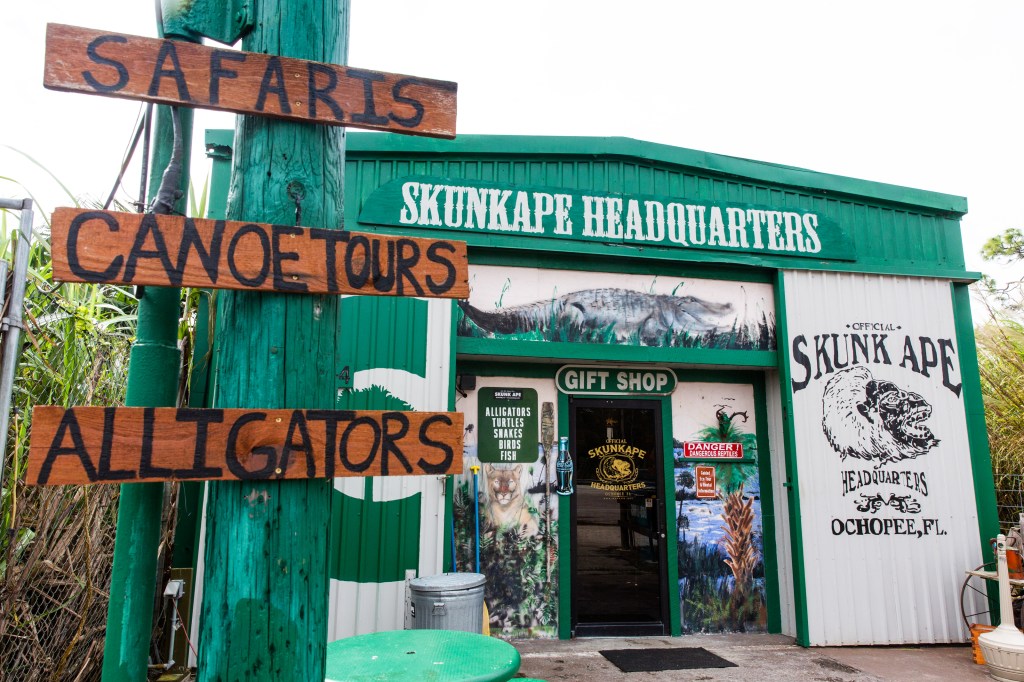

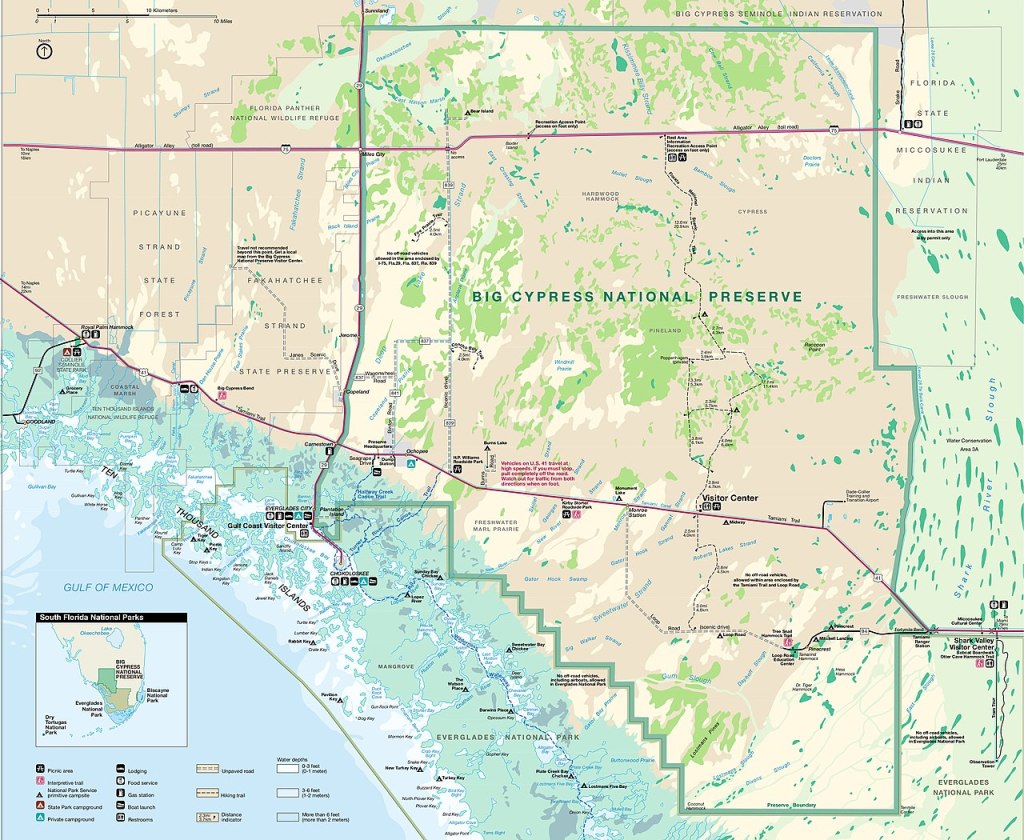
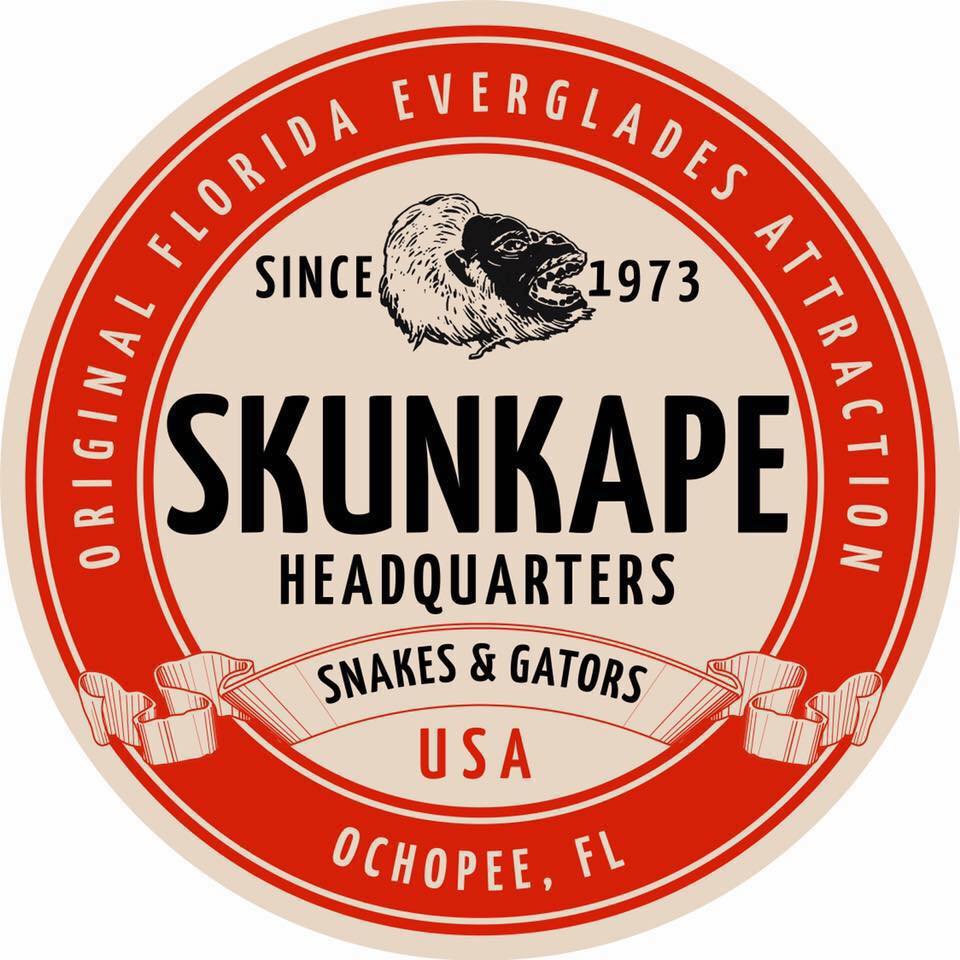
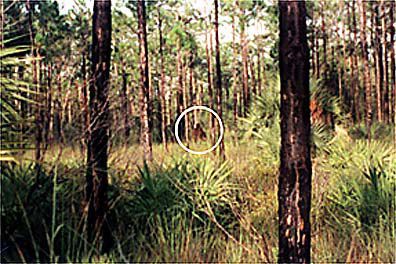


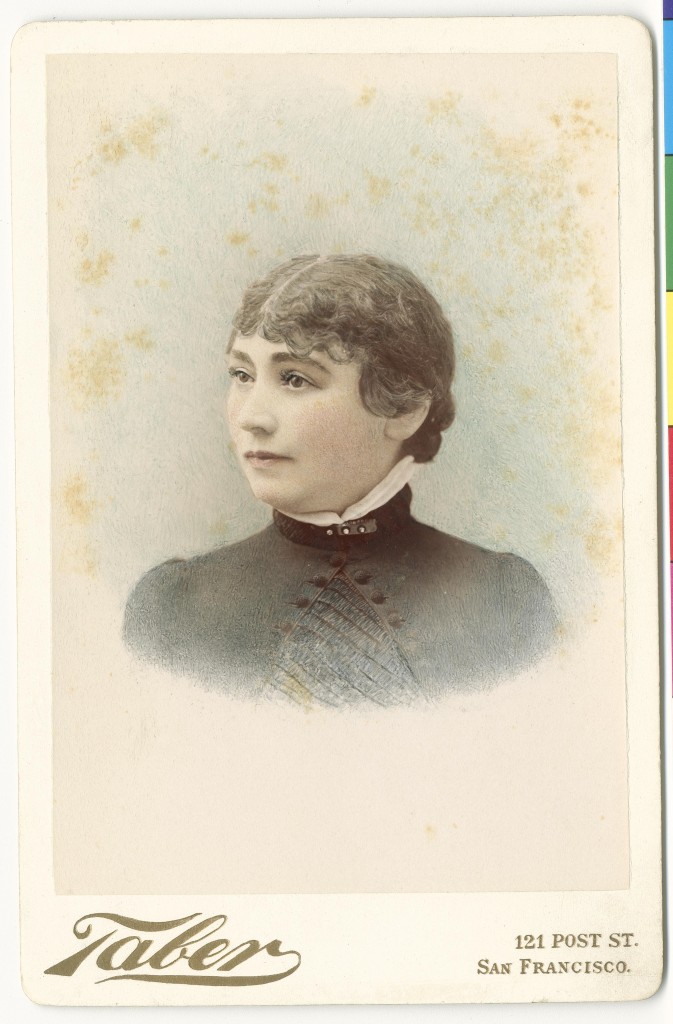

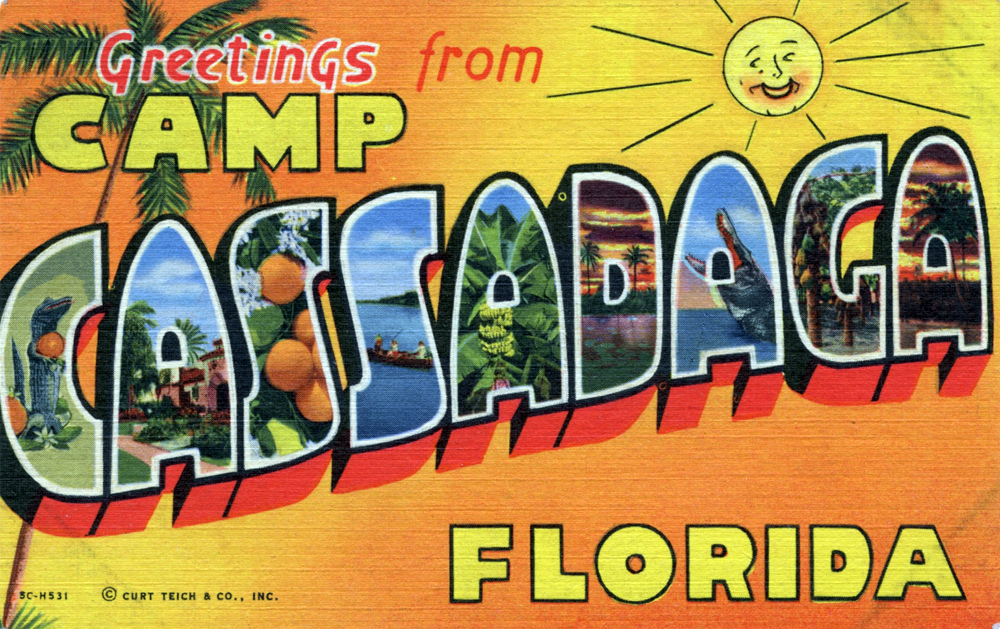

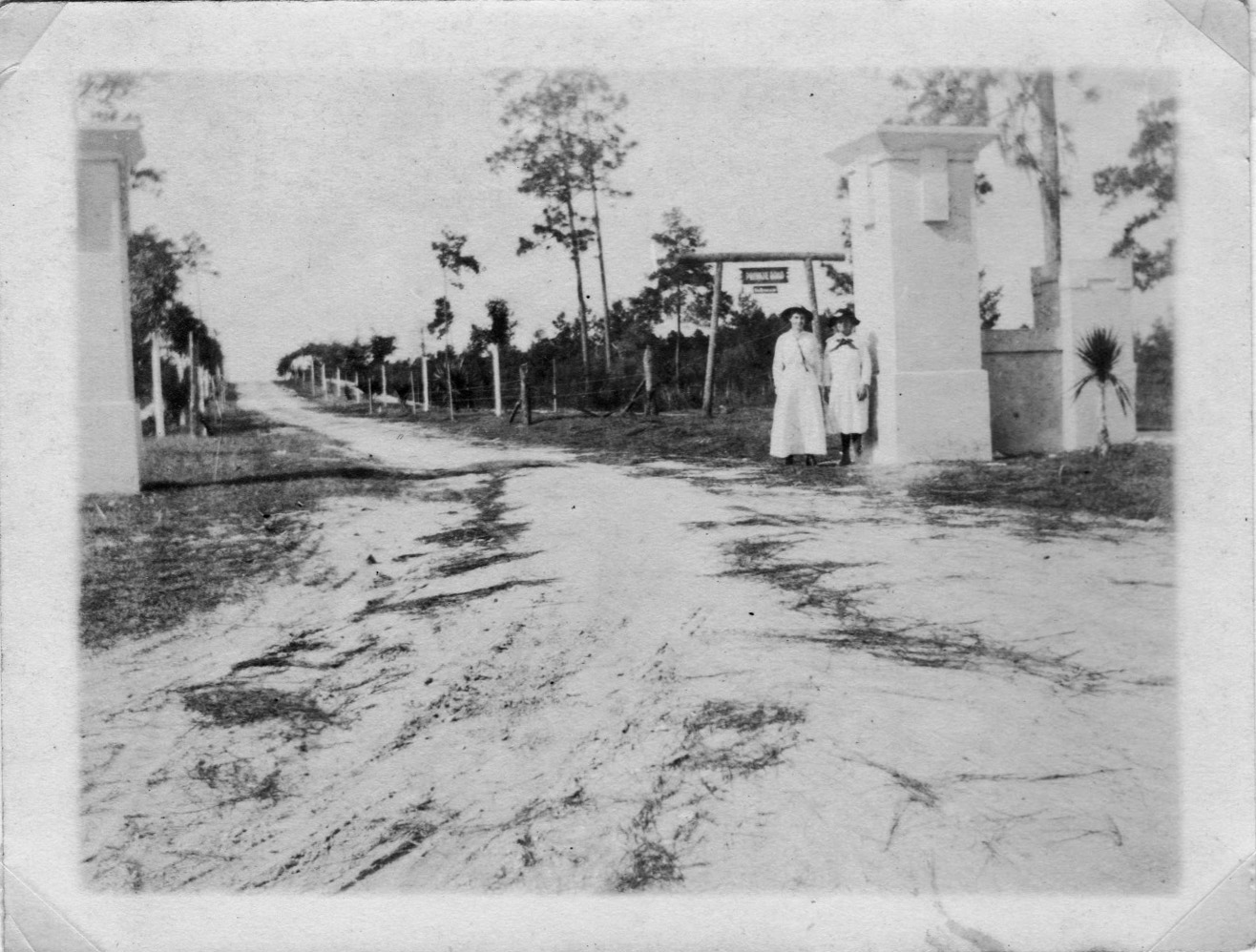



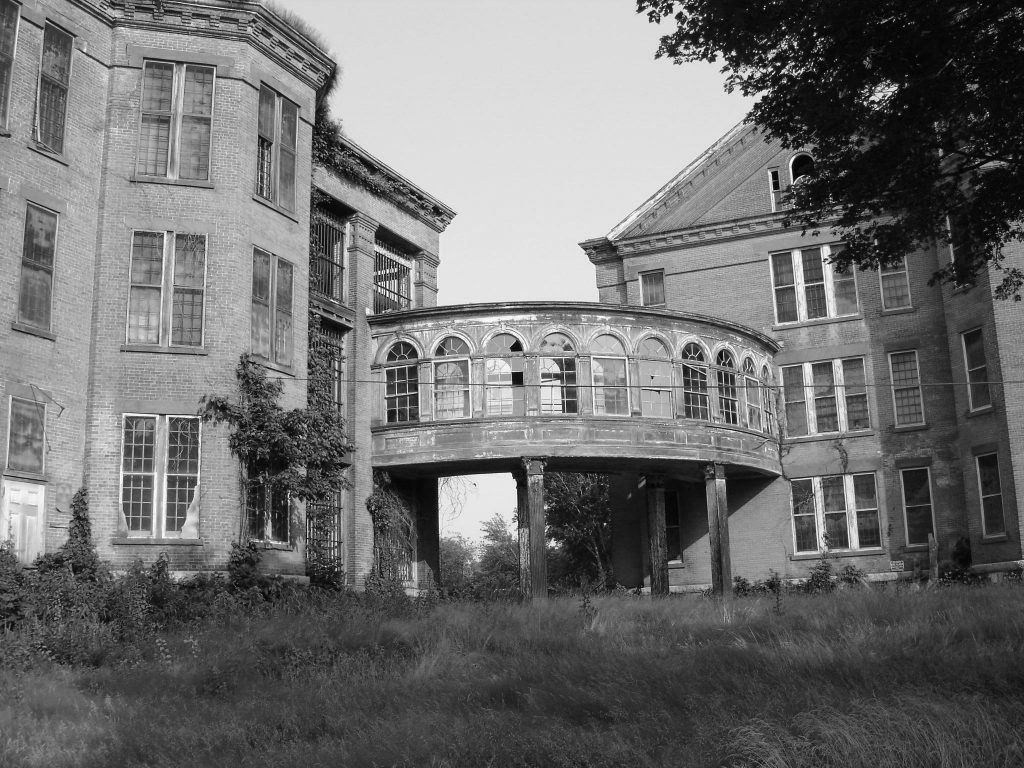 Taunton State Hospital, Taunton, Mass.
Taunton State Hospital, Taunton, Mass.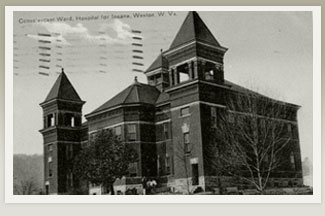 Trans-Allegheny Lunatic Asylum, West Virginia
Trans-Allegheny Lunatic Asylum, West Virginia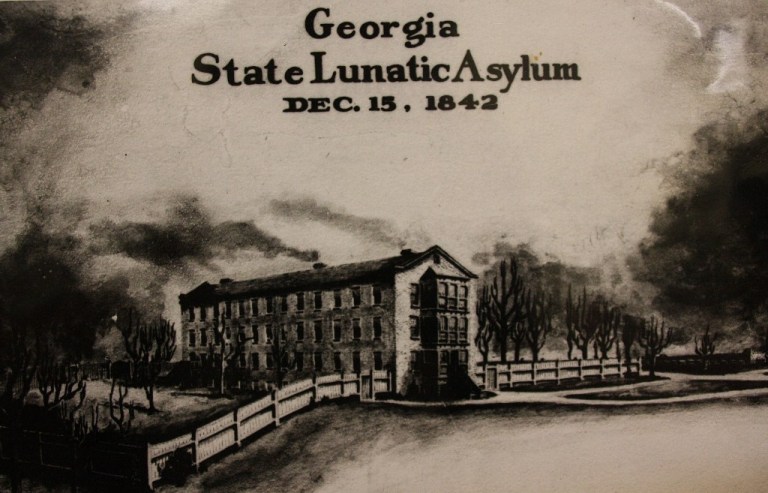

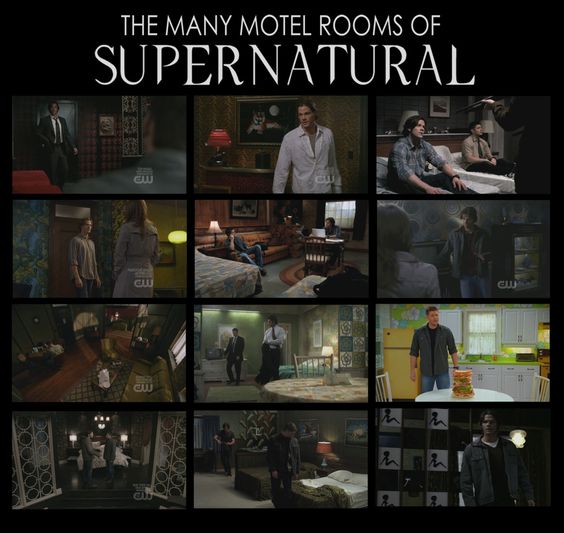
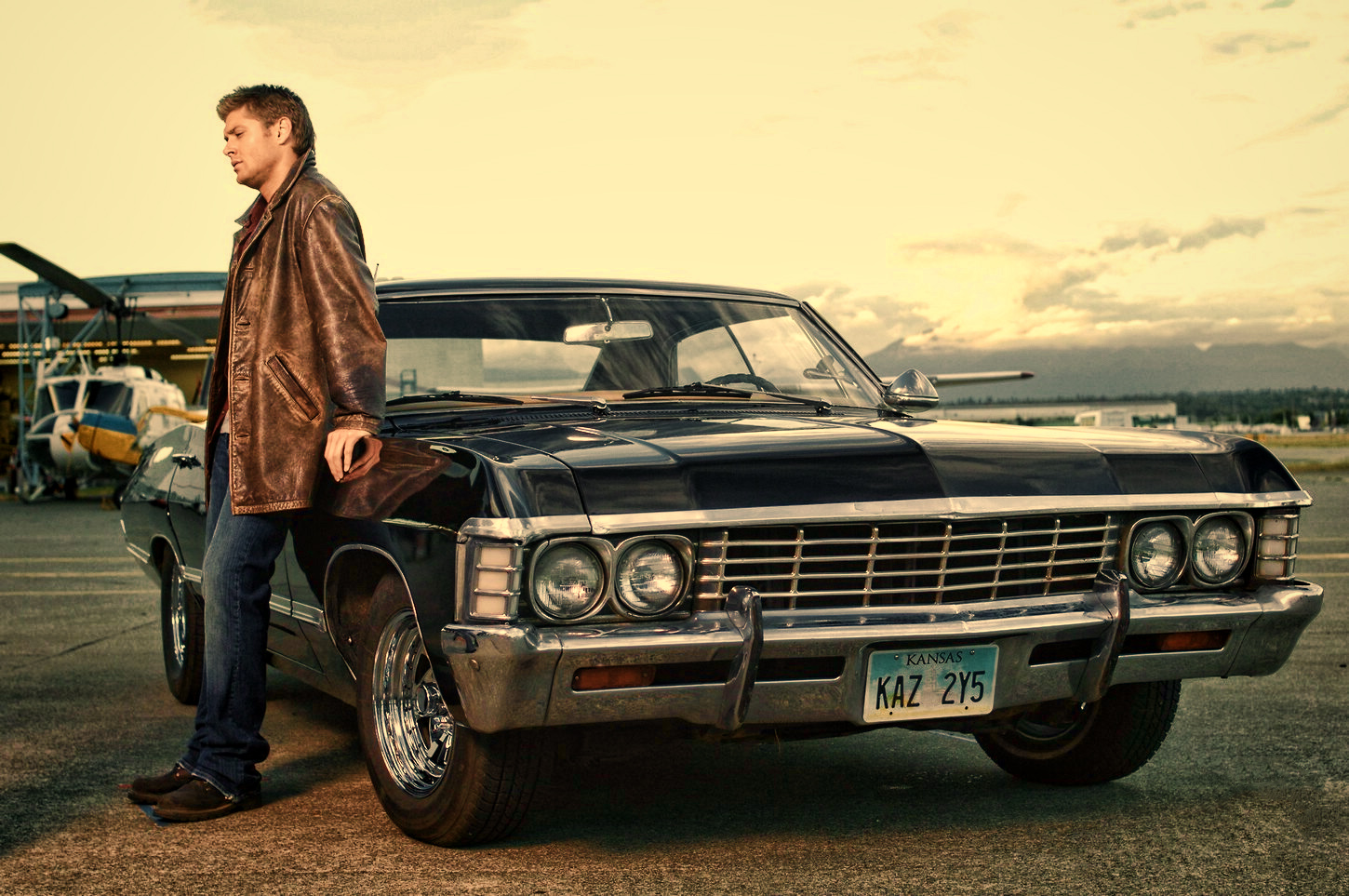
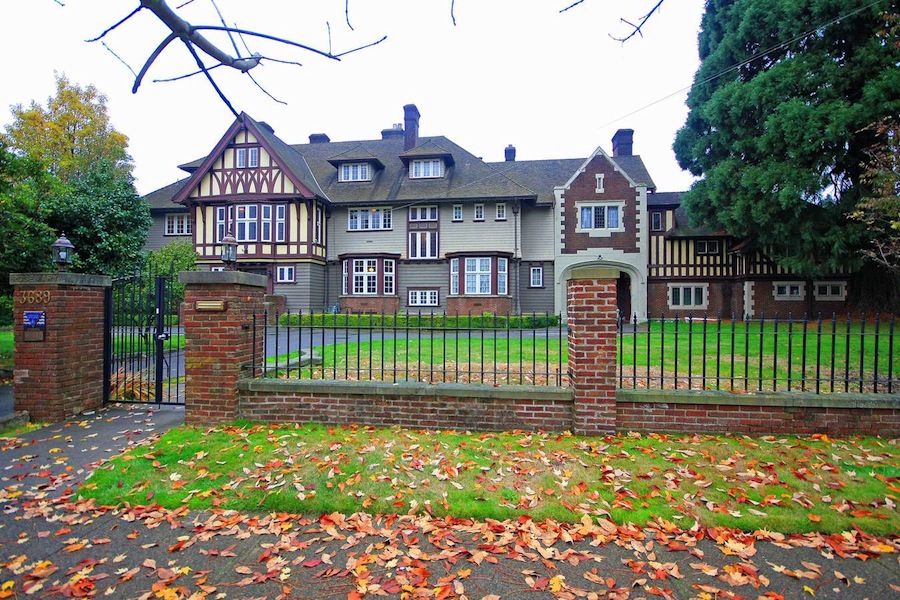


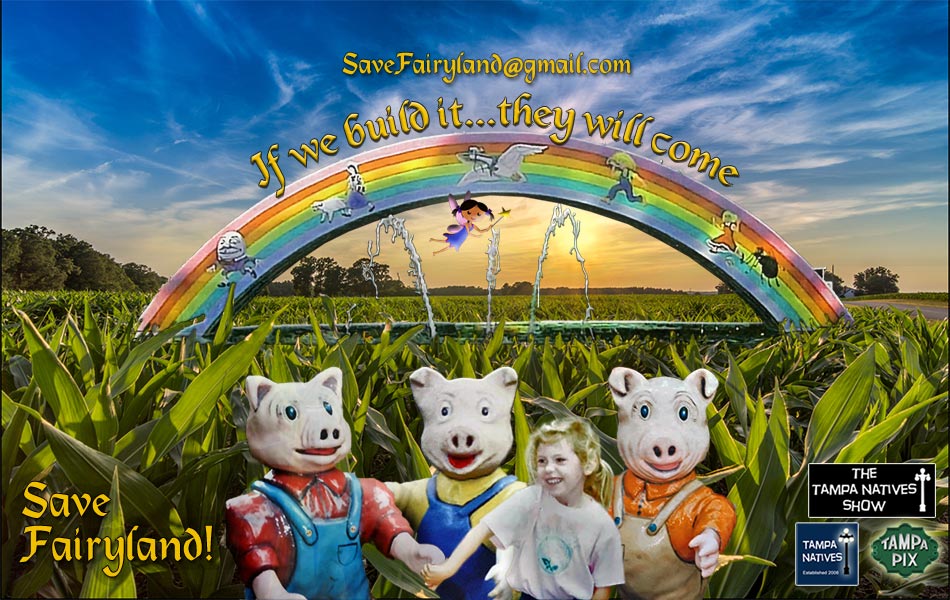

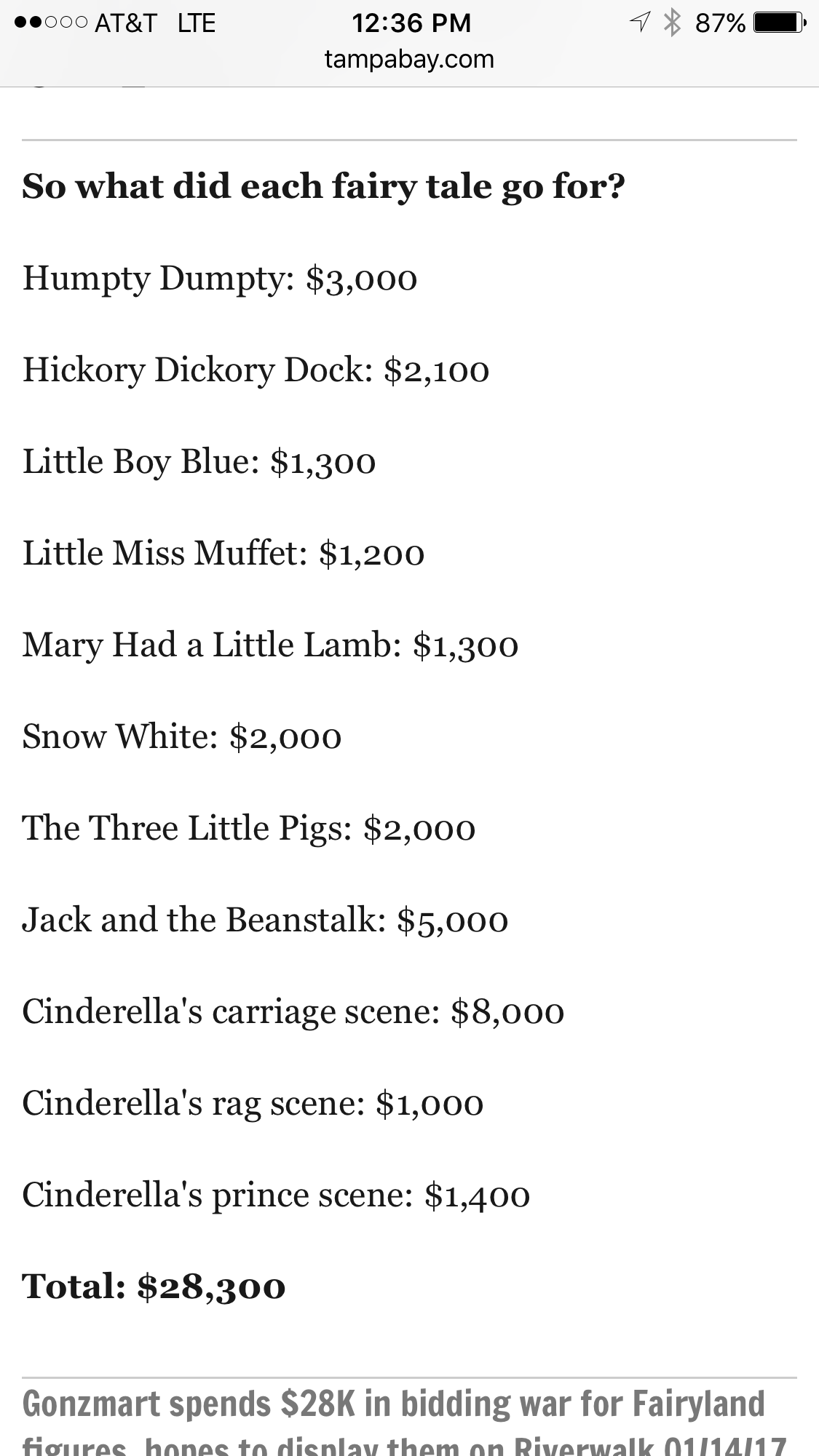
You must be logged in to post a comment.